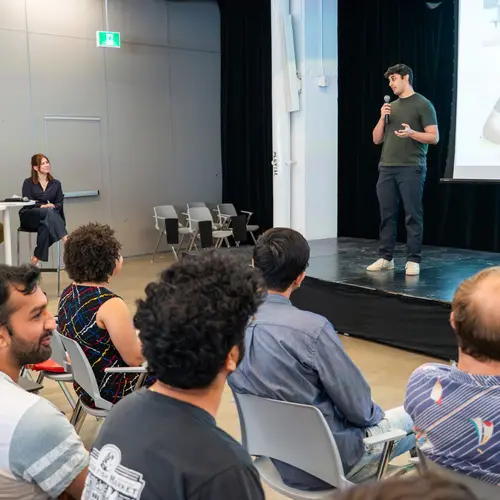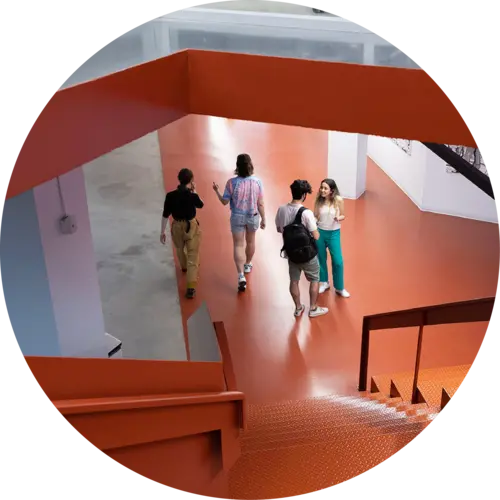
Julien Cohen-Adad
Biography
Julien Cohen-Adad is a professor at Polytechnique Montréal and the associate director of the Neuroimaging Functional Unit at Université de Montréal. He is also the Canada Research Chair in Quantitative Magnetic Resonance Imaging.
His research focuses on advancing neuroimaging methods with the help of AI. Some examples of projects are:
- Multi-modal training for medical imaging tasks (segmentation of pathologies, diagnosis, etc.)
- Adding prior from MRI physics to improve model generalization
- Incorporating uncertainty measures to deal with inter-rater variability
- Continuous learning strategies when data sharing is restricted
- Bringing AI methods into clinical radiology routine via user-friendly software solutions
Cohen-Adad also leads multiple open-source software projects that are benefiting the research and clinical community (see neuro.polymtl.ca/software.html). In short, he loves MRI with strong magnets, neuroimaging, programming and open science!


